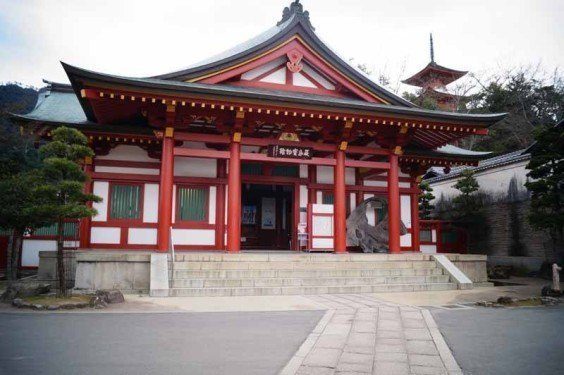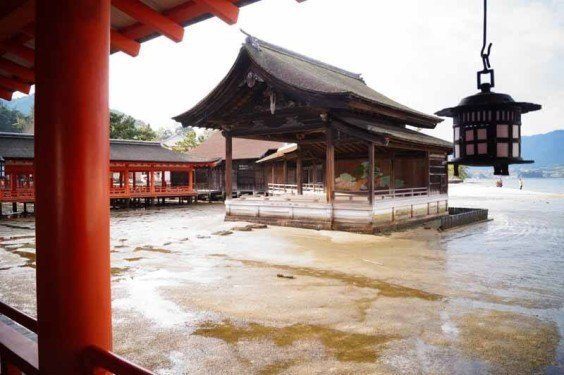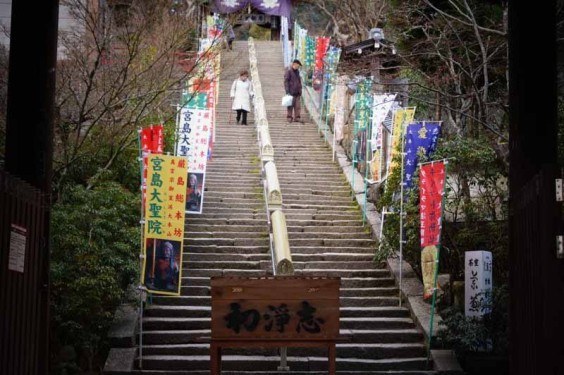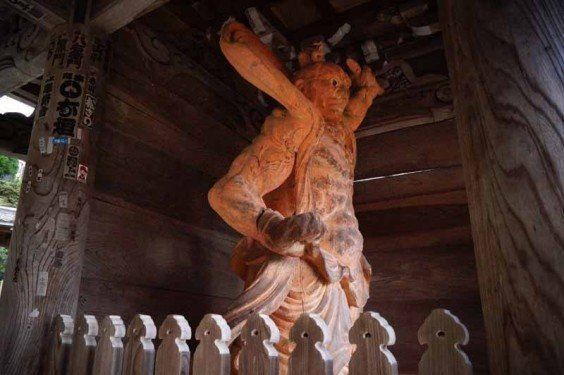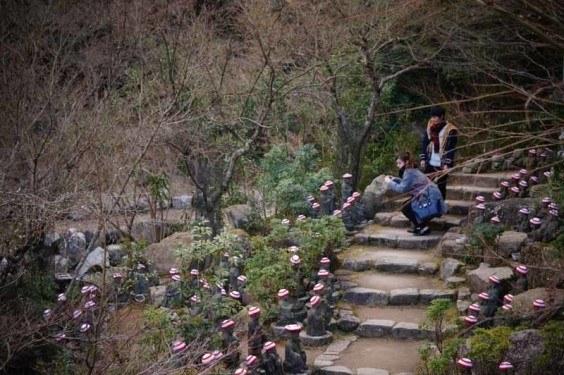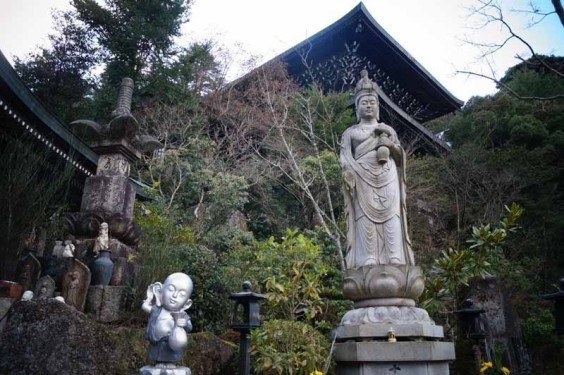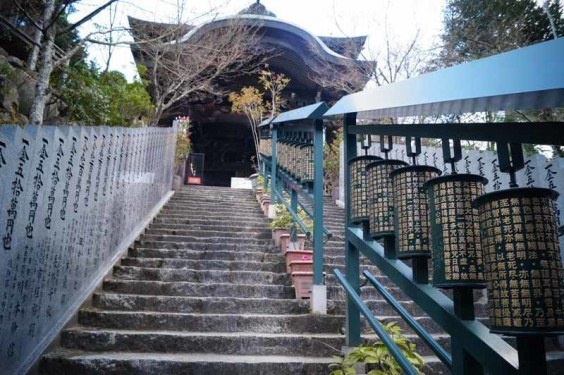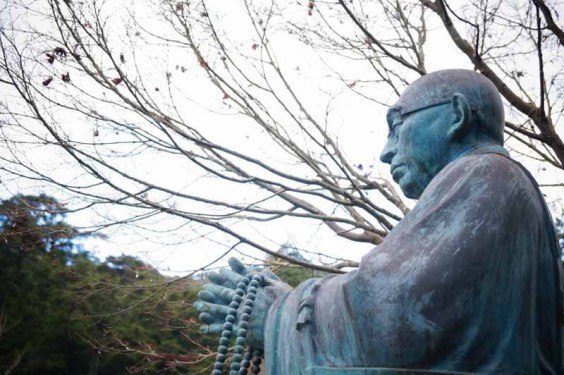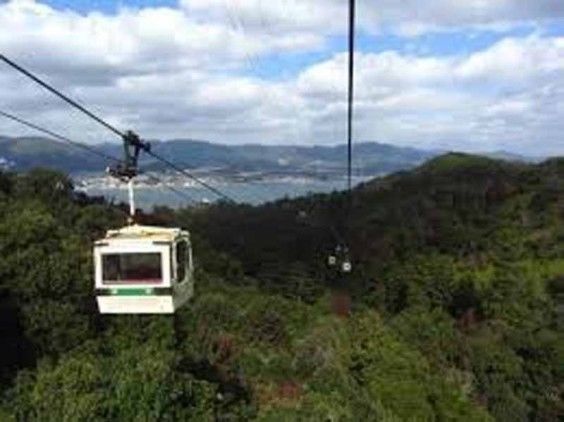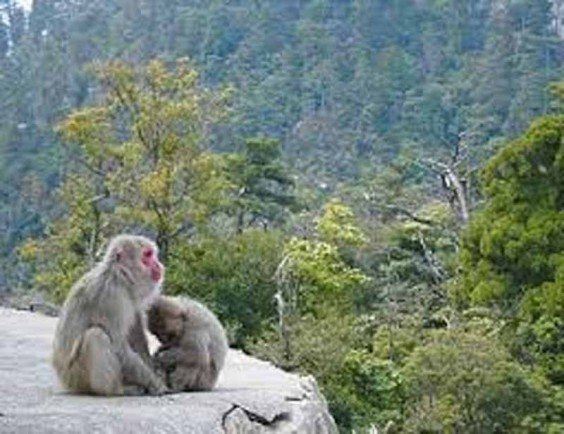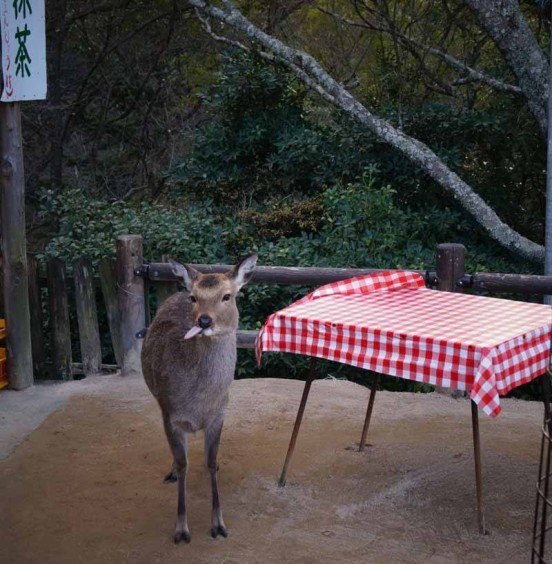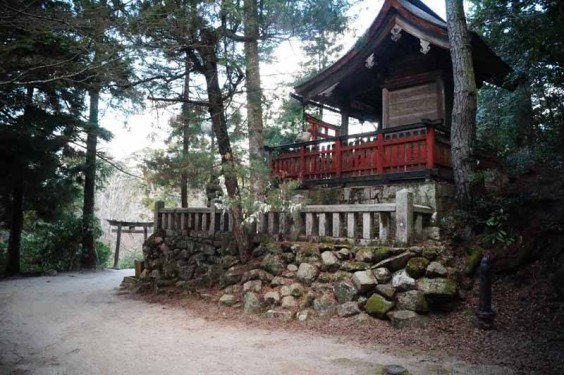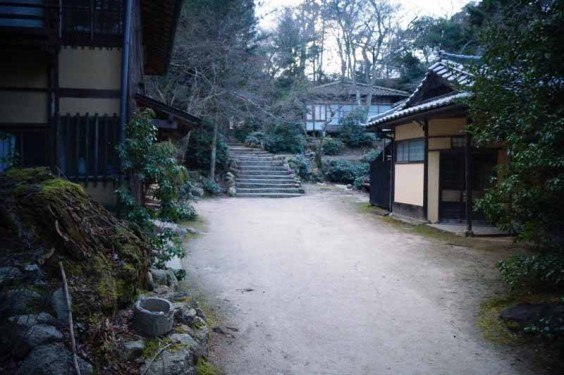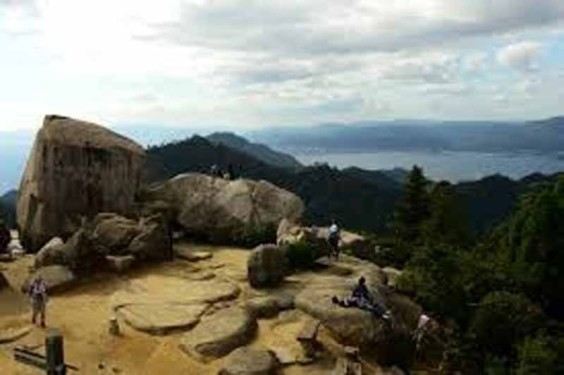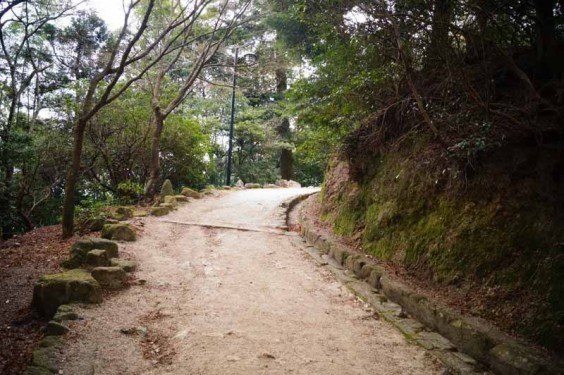Like this post? Help us by sharing it!
Hugh Cann is a tour leader for Inside Japan Tours. Here, he explains why you should make his adopted home town of Hiroshima a part of your itinerary.
Inside Japan Tours provides a veritable treasure trove of exciting experiences for every kind of interest and need for the Japan curious, but to my mind, Hiroshima should be on the list of “must-sees” in Japan.
Hiroshima’s main significance for just about everybody, Japanese and overseas visitors alike, is of course as the location of the event that ushered in the close of the Second World War. The event is memorialised at the city’s Peace Park – a space encompassing over 120,000 square metres to the west of the centre and bordered by two of the rivers that make up the Hiroshima delta. At the northern end of the park is the A-Bomb Dome, which was almost the only structure left standing in the city following the disaster. It has since been preserved as a silent sentinel of peace, and is a designated World Heritage Site.
Hiroshima actually has two World Heritage Sites. The other is to be found on the island of Miyajima, which lies a little to the west of the city in the Seto Inland Sea. It is famous as one of the Nihon Sankei (the three most scenic spots in Japan) and there are many good reasons to include it as a feature of your itinerary.
An efficient transport infrastructure provides a number of ways to reach the island. Both trains and light rail, or even a door-to-door, 90-odd-minute taxi ride connect with a ferry carrying hundreds of visitors to the island any day of the year. Alternatively you might like to board a scenic boat transfer to Miyajima at the Peace Park, passing a potpourri view of the landscape of the city before speeding across the chop of the sea past the myriad islands on a direct route to the island.
Tradition dictates that Miyajima is the place where the Gods dwell, and by that virtue it is a sanctified place. The Great torii gate, which according to the Shinto faith is a boundary between the spirit and human worlds, boldly marks the landing entrance to the island. The gate itself is a designated National Important Cultural Property and stands above the water 200 metres from Itsukushima Shrine – as it has done for a thousand years. The shrine consists of a number of National Treasures and Important Cultural Properties, and dates back to the 6th century – though it was remodelled in its present form in the 12th century by the feudal lord Taira Kiyomori. Today, the brilliant vermilion structure appears to float above the rising and receding tide of the blue inland sea, sharply contrasting with the green virgin forest in background.
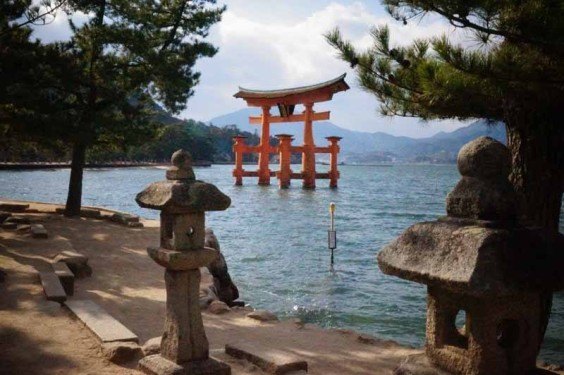
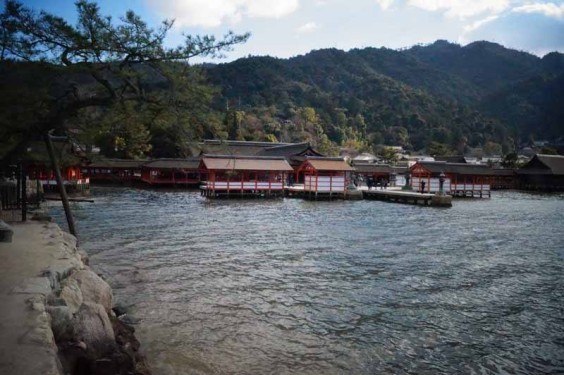
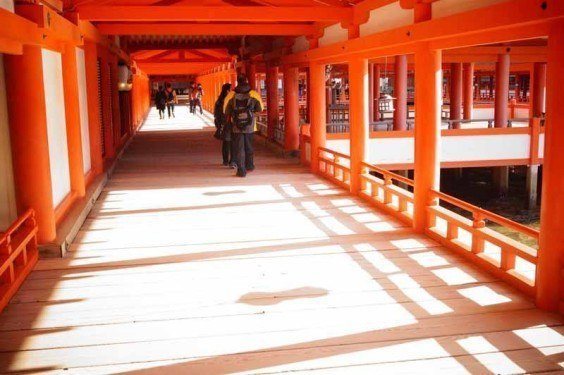
On purchasing entry to Itsukushima Shrine I do recommend paying the extra 150 yen for entry to the Treasure Hall right opposite the exit. This quaint museum displays a small-scale but beautiful selection of feudal garments, ceramic ware, armour, weaponry and other artifacts.
Miyajima is also, without doubt, a gastronomic experience. The region is famous for it oysters, unique Hiroshima-style okonomiyaki (a kind of rich savoury pancake), and anago meshi (grilled sea eel on rice). Enjoy dinner at one of the plenty of eateries offering customary Japanese fare, or sip frothy macha tea while gazing meditatively out across the channel separating the island from the mainland.
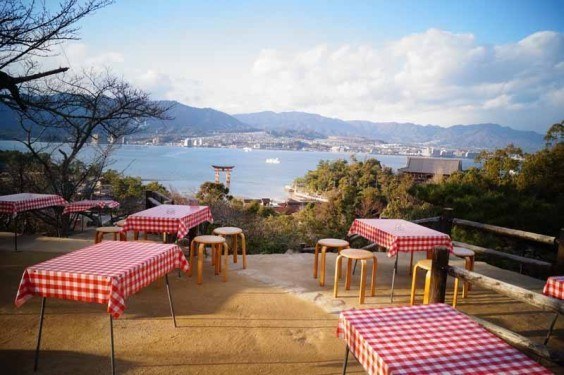
Afterwards you might like to walk this off with a peaceful wander through the quiet solemnity of the island’s many shrines and temples, or through Momijidani Park – where you may encounter (and be ignored by) a flock of wandering deer that are residents of the island. From the park you can access the ropeway ride to the top of Mount Misen (or, if you’re more energetic, you can hike to the summit) quite literally topping off the experience with absolutely spectacular views of the surrounding Seto Inland Sea. You might also find a few monkeys inhabiting the peak, though be aware that like all simians they are shameless opportunists and sometimes a bit grumpy; don’t feed them and be sure to view their antics from a short distance.
If you don’t fancy heading to the top of the mountain, you can easily amuse yourself wandering around the curiosities shops on the Omote Sando shopping street and its surroundings. There are so many wonderful experiences to be shared on Miyajima that it’s well worth spending a night at one of the beautiful traditional ryokan inns on the island.
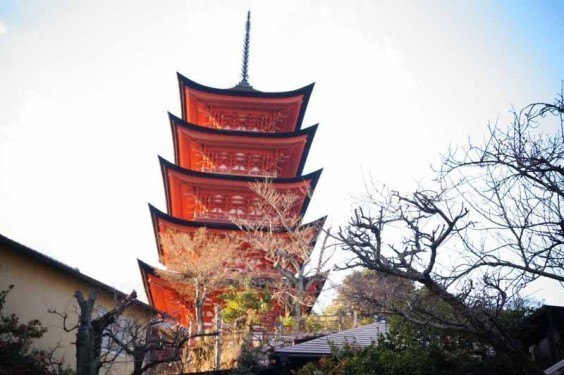
Hiroshima and Miyajima make a fantastic addition to any Japan itinerary. Our Best of Japan Self-Guided Adventure, for instance, includes a visit to the city and a night on the island. Just get in touch to find out more.





